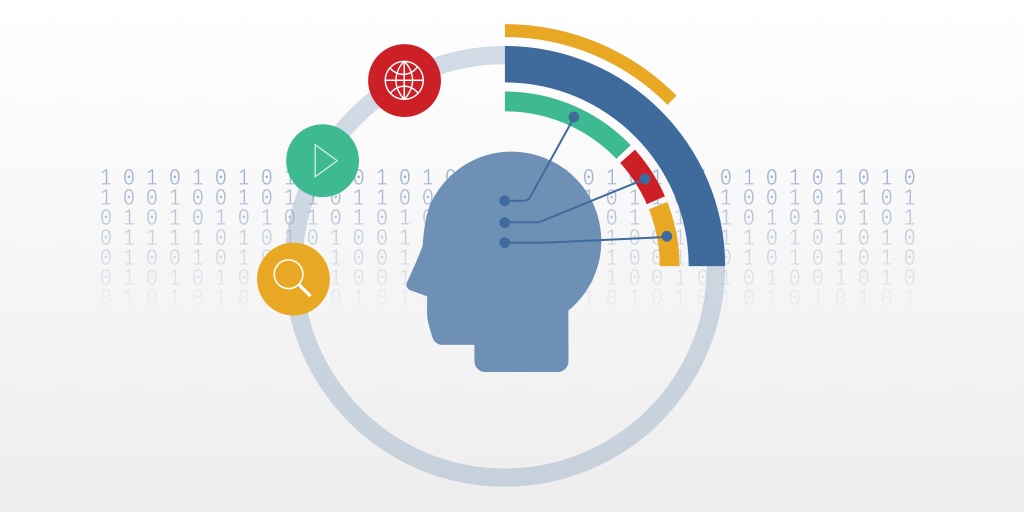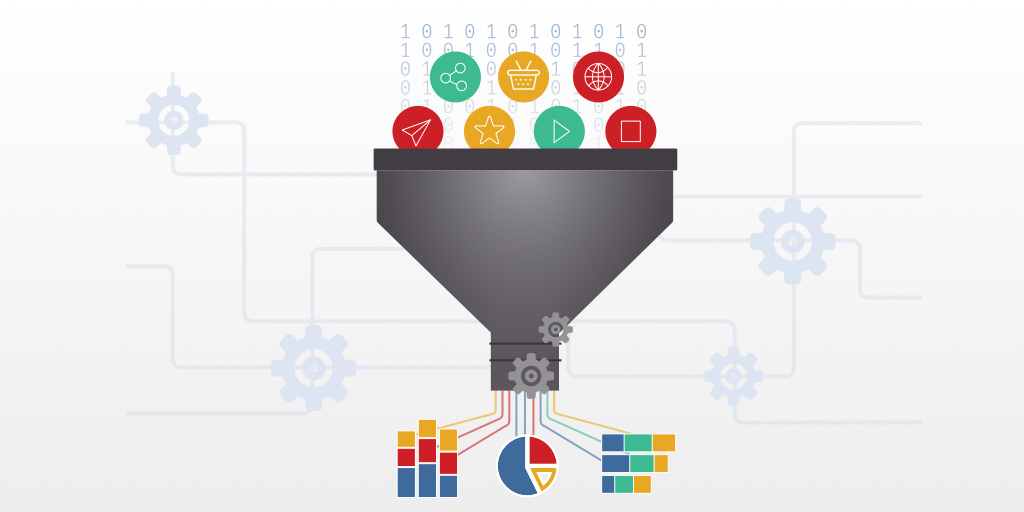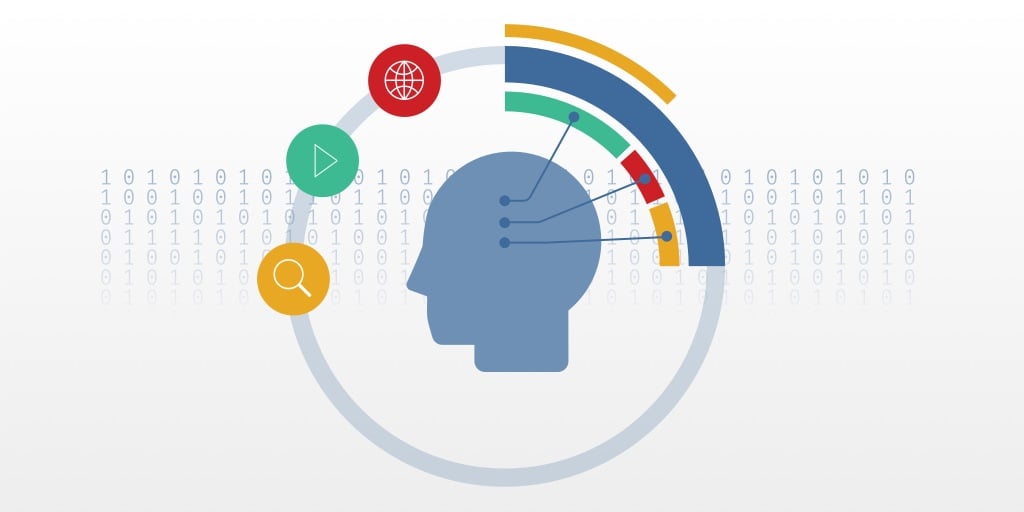Intent data presents a number of advantages for B2B campaigns. Below are 4 key use cases for intent in B2B tech marketing and sales.
How Can You Use Buyer Intent Data?
Considering adding intent into your marketing and sales mix? There are many ways that campaigns of all varieties can benefit from the insight that intent data provides.
Allowing you to identify good-fit buyers and accounts in an active buying journey, campaigns founded on B2B intent data offer multiple use case advantages, from better lead prioritisation, to more relevant messaging and more accurate targeting.
Below are a number of intent use cases to consider for your own campaigns.
4 Ways Intent Can Enhance B2B Tech Marketing and Sales
1. Inform Your ABM Campaigns
A fundamental aspect of ABM (Account-Based Marketing) is being able to increase engagement within good-fit target accounts; using personalised, relevant and resonant messaging to help them address their unique challenges.

ABM campaigns that are informed by intent data can benefit in numerous ways. For example, campaigns can better hone their targeting, create more personalised messaging, and better prioritise target account engagement by focussing on the accounts showing active intent to buy.
2. Drive Sales Growth/ Reach Prospects in the Zero Moment of Truth (ZMoT)
It’s not just the marketing team who can hugely benefit from using intent data. Sales teams can also use the insight that intent data provides to prioritise lead contacts based on best-fit/ good-fit criteria, and by using intent data to identify whether a lead is likely to purchase at that given time.
Being able to accurately predict this point of purchase, and identify where a lead is in the buying journey, gives you a better chance of communicating at the Zero Moment of Truth (ZMoT). This is that crucial ‘lightbulb moment’ where a message reaches a buyer at exactly the right time, in the right context, with the right, resonant message - ie the perfect time for a salesperson or marketer to make contact, for best results.
By using intent data to identify not only who is a good-fit, and their challenges - but also exactly when a prospect is in an active buying journey (and more likely to purchase), sales teams can engage in a timely, resonant manner, and be more likely to close the deal.
3. Create More Precise, Personalised Content and Messaging
Of course, it’s not enough to simply contact these leads at the right time and place, but also to contact them with relevant messaging to address their unique challenges.
By using intent data to understand where a buyer is in their purchasing journey, it’s possible to craft content and campaign messaging that is more directly tailored to specific needs and circumstances - which of course aligns perfectly with ABM too.

Here, using intent data will allow you to pinpoint your messaging, recognising exactly what will help a prospect, rather than sending generic messaging that will not always resonate - and, therefore, won’t always convert.
4. Enhanced Ad Targeting
Just as your messaging itself becomes more targeted when informed by intent data, so too can the medium; your channel strategy.
When you recognise the online environments that your good-fit, intent-showing, active buyers are in, it’s easier to target them with the right message in the right place.
Add in the fact that ad platforms are ever-more granular in their ability to target specific job titles, locations, demographics etc; combined with intent data, you suddenly have the perfect recipe for a personalised, highly effective marketing campaign.
See Greater Return with Intent-Driven Campaigns
By combining all of these tactics, ultimately what you’ll see is a huge push towards driving revenue.
There are of course other (ever-evolving!) use cases where leveraging intent data can deliver advantages in B2B campaigns, and help you resonate with your best-fit prospects.
But, simply put, intent data - used in the right way, and often supported by an experienced agency to mitigate risk - can increase your bottom line. And who doesn’t want that?






